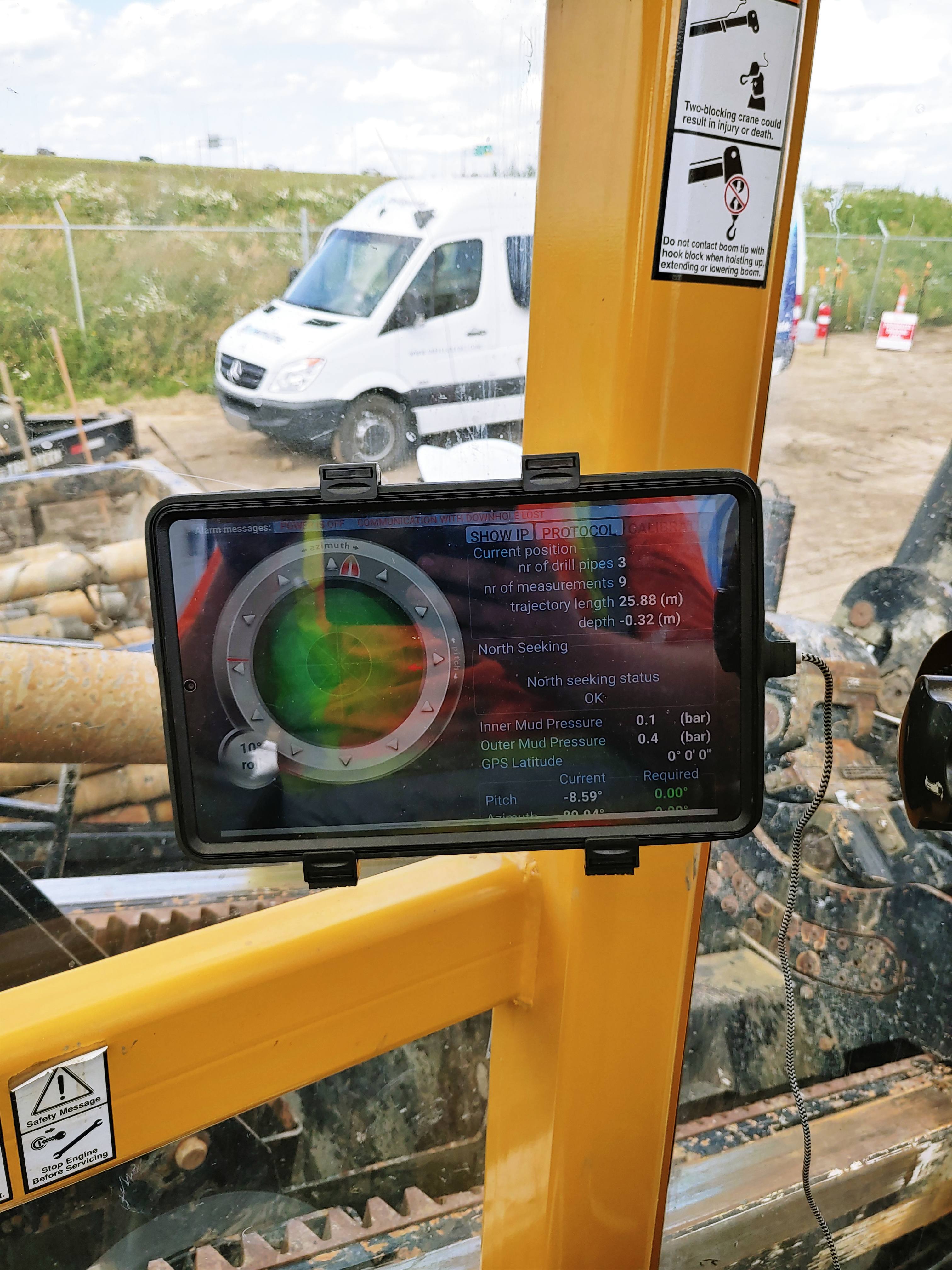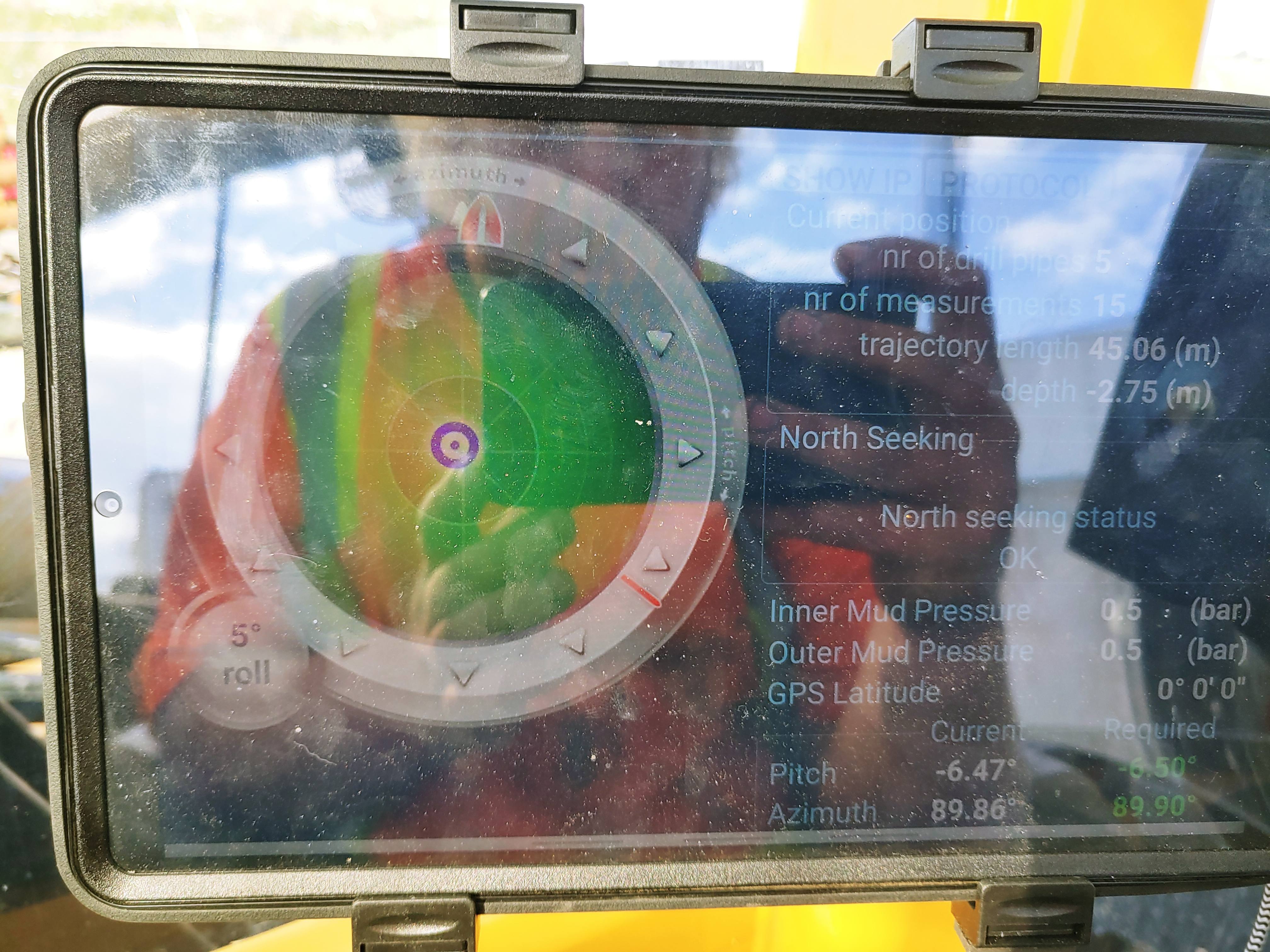Originally posted by Taiga
View Post
If we round up and call it $100 per acre with pipe, then for every acre of Slough, I could bore the drain pipe 40 meters. 3 acre slough would justify almost 400 feet of bore. And the black dirt in the slough will be the most productive on the farm once it is dry. The difference in gross profit per acre between the good crop and the drownouts this year is around. $800 per acre. Expenses the same for each.


Comment